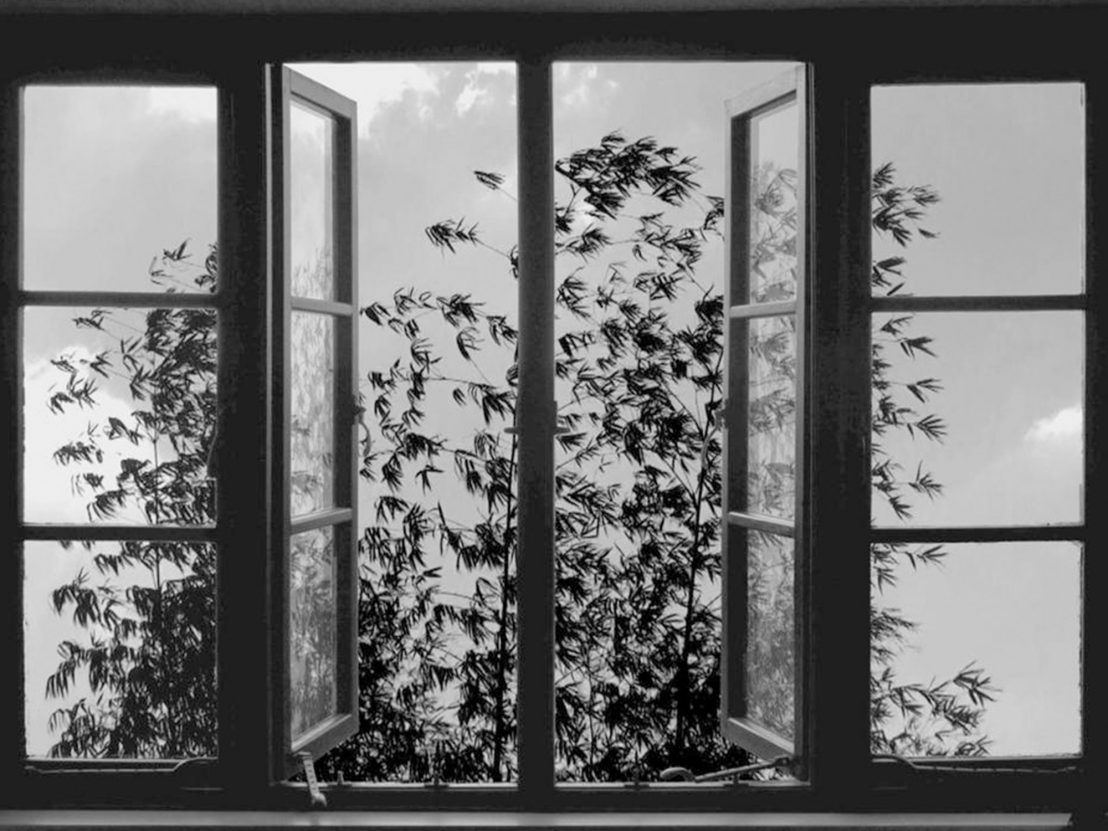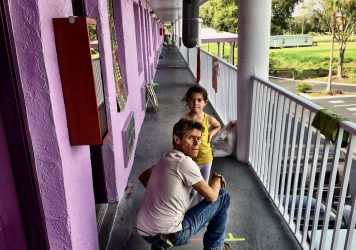
This delicate parting shot from the great Abbas Kiarostami is a wistful contemplation on the nature of the moving image.
This posthumous essay film from Iranian director Abbas Kiarostami opens on a shot Pieter Bruegel’s famous painting, ‘The Hunters in the Snow’. In the foreground, men stand on a tree-lined verge, while down below in the valley, villagers ice skate on a frozen pond. After about 30 seconds of contemplative stillness, a strange thing happens: smoke begins to puff out of a chimney pot on a house in the middle distance. Then, a bird is seen soaring through the air and lands on a tree. All of a sudden, one of the dogs trailing the hunched hunters begins to wander between them before relieving itself on the stump of a tree. Then, everything returns to stillness and a fade to black.
24 Frames is Kiarostami’s hushed portmanteau treatise on the past, present and future of cinema. Using digital animation techniques and superimposition, he brings a series of photographs to life for a few moments, merely as a way to speculate on how life may have carried on in each instance. Each image tells a miniature story, but as a viewer you’re forced to suspend disbelief and accept that these banal scenes are in fact works of pure fiction.
These stories include crows fighting, horses fighting, trees swaying, wolves feasting, ducks dancing and lots more birds fighting. Kiarostami attempts to enter into the spirit of each image, using details as clues and the landscape as a dramatic stage. Some of these miniature dramas end with a simple lesson, harking back to the educational films the director made early in his career that were aimed largely at young people. Yet he always tries to remain within the bounds of the plausible, never straying into fantasy or anthropomorphism just because he can.
And that’s one of the most intriguing things about the film: where multi-million dollar blockbuster productions now use this type of image manipulation to create digital/live action hybrid fantasies, Kiarostami is doing the same thing, but instead at the service of poetic reality. The tone is mostly one of absurd humour, as it draws awareness to the hilarious sound of ducks quacking, or even the fact that most birds have no sense of mortality, especially when it comes to scavenging for food.
Beyond the frame, a careful lattice of ambient sounds help these pictorial landscapes to spring into life. The third image, of cows wandering across a beach on a stormy day, is the first real brain teaser – it’s hard to tell if the crashing waves have all been immaculately animated, or if this is in fact a moving image with added animated livestock. As with 2003’s Five Dedicated to Ozu or 2008’s Shirin, this is filmmaking that demands intense deliberation as to what’s happening beyond the frame, as much as it does to what’s happening inside. It is occasionally a little repetitive, but this is a mellow, mediative swansong, and Kiarostami’s ongoing public dialogue with cinema will be sorely missed.
Published 23 May 2017

A shot of pure cinematic joy from Tangerine director Sean Baker – and a big highlight of the 2017 Cannes Film Festival.

The art of flirting and flirting as art are the subjects of this extraordinary romcom from Claire Denis.